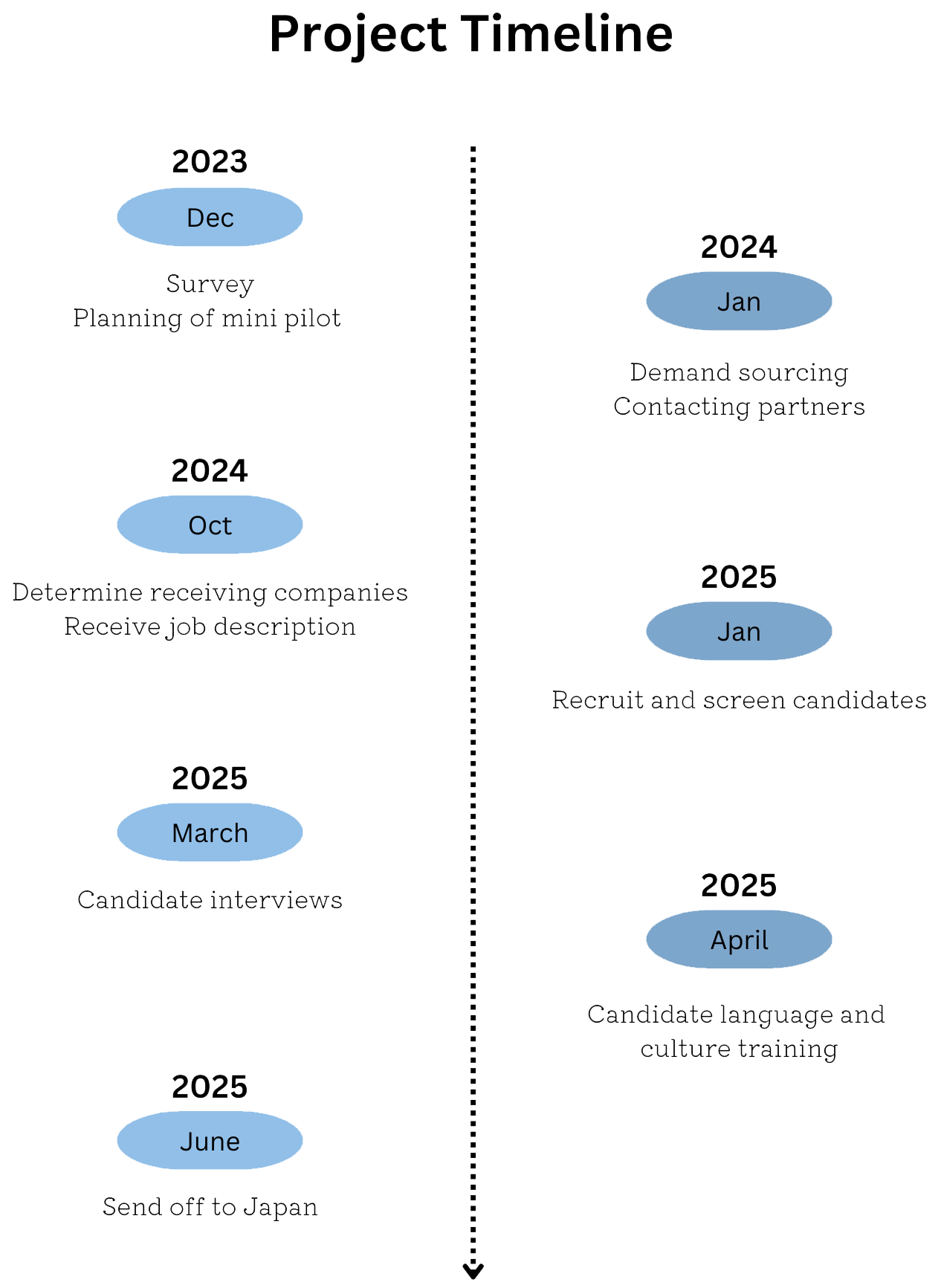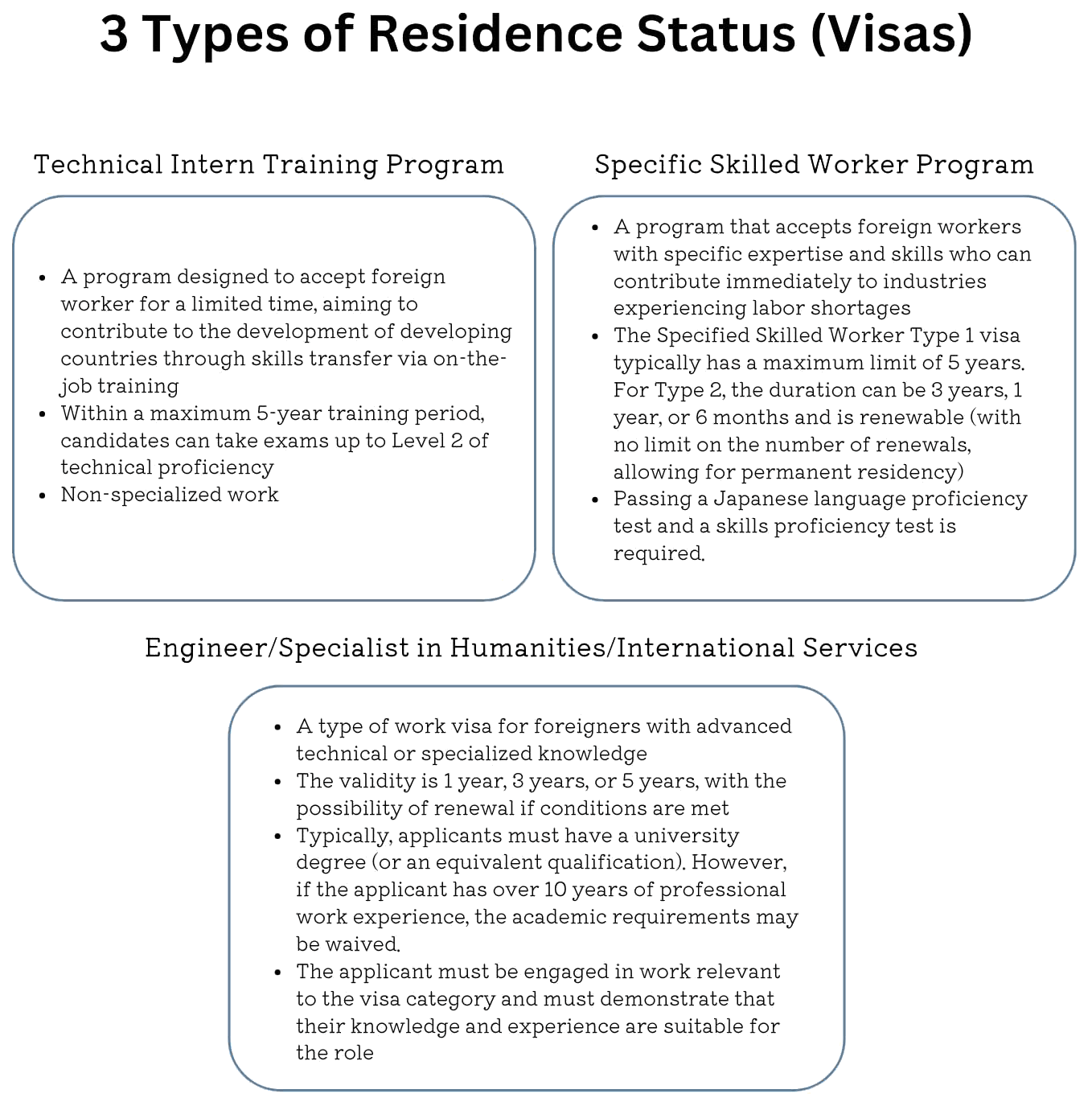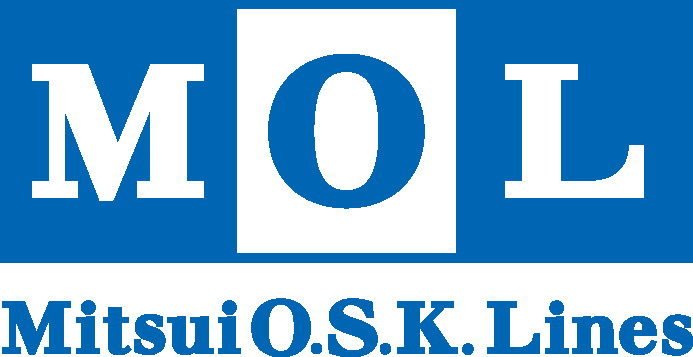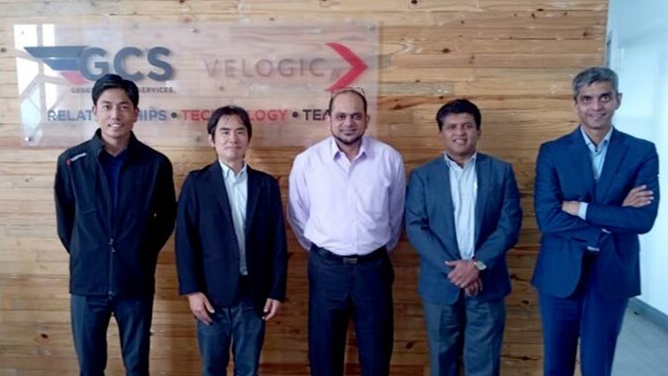In recent years, Japan has faced a serious labor shortage in many fields, including construction, medical care, and logistics, and demand for foreign workers has increased. To solve this issue, a consortium of organizations across Kenya and Japan have collaborated to develop a project to dispatch Kenyan workers to Japan in collaboration with Mitsui O.S.K. Lines Kenya Office, Tokyo Head Office and LaMP (Labor Mobility Partnerships). This article introduces the background and significance of this project and the potential of Kenyan workers.

Project Background: Current Situation in Japan and Kenya
On one hand, in Kenya, the lack of employment opportunities for youth is particularly acute. Unemployment among 15~24 year-olds is estimated to be 35~40%, and many young people continue to find it difficult to find work despite their education. On the other hand, Japan's population is aging, and labor shortages are adversely impacting the economy and society. In particular, securing a workforce in the construction, medical, logistics, and service industries, as well as in the fields of international development and information technology, has become challenging. The project was launched after a consultation with the president of a partner company concerned about the shortage of agricultural machine mechanics in rural Japan.
In 2020, our company launched its Global HR consulting businessa program that provides training and introduction of human resources in a wide range of industries and occupations other than seafarers. The focus is on companies that are considering new or expanded employment of foreign personnel, drawing on the experience and knowledge that Mitsui OSK Lines has cultivated over many years in fostering foreign personnel. We are confident in building this mobility program from Kenya to Japan based on this experience in employing more than 150 foreign workers and supporting foreign worker needs of Japanese companies in diverse sectors beyond seafaring.
Why Kenya?
This project focuses on Kenya. Why the focus on Kenya?
Excellent education and skills
Kenya has a high rate of enrolment in higher education, and many young people have acquired specialized skills at universities and vocational schools. Education in STEM(Science, technology, engineering and mathematics) fields is also substantial, and students have potential as engineers and professionals.
High level of language skills
Kenyans are generally fluent in three languages, English, Swahili and their tribal languages, and are excellent at learning new languages. Workers trained in the Japanese language are expected to overcome cultural and language barriers and play an active role in the Japanese workplace.
Cheerful and committed personality
Kenyans are generally cheerful and kind. In Kenya it is natural to help others even if they may be strangers Many are dedicated and cooperative. (Of course, these traits depend on the person but are the common traits observed among Kenyans). In 2024, Mitsui OSK Lines accepted two Kenyan interns in their head office in Tokyo who were well-received and respected for their contributions.
Strong relationship with Japan
Japan provides a large amount of economic cooperation to Kenya, which is one of the largest ODA donors in Africa. Many Japanese companies have expanded into Kenya, strengthening economic and cultural ties. According to JETRO's survey, the number of Japanese companies operating in Africa is 116, second only to South Africa.

Project Partner
LaMP: NPO, Project Management and Fundraising
SilverRay HR: Recruitment Agency, Candidate Sourcing and Screening
KIFLAPS: Foreign Language School, Japanese Language and Cultural Training for Human Resources
Project Overwiew
Project Steps
- Project introduction to Japanese companies
- Demand survey from interested companies
- Procuring candidates at partner human resources companies

Project Timeline
January 25: Candidate selection
From March 2025: Japanese language education and skill improvement training
From June 2025: Dispatch to Japanese companies

Status of residence visa
Foreign workers can work in Japan through technical intern training (TITP) visas, specified skilled workers (SSW) visas, and technical/humanities/international service (Gijinkoku) visas. The mini pilot for this project will initially be conducted on a Gijinkoku visa, with plans to incorporate both TITP visas and SSW visas into the project in the future.


Expected effects and future
The activities of Kenyan workers in Japan are not limited to solely to their contribution to the labor force in Japan. Returned workers can bring back the experience and skills acquired in Japan, which can in turn, help companies in Kenya – including Japanese companies with presence in Kenya–develop their businesses with quality talent. . The multicultural environment of the Japanese companies that host them will also promote globalization and increase the diversity of their employees.
This project is an important step to build a new bridge between Kenya and Japan and opens up the future of both countries in the field of labour migration. Expectations are high for future developments to see what new possibilities can emerge from the intersection of human resources and new cultures.
If you are interested in this project, please contact us at [email protected].



